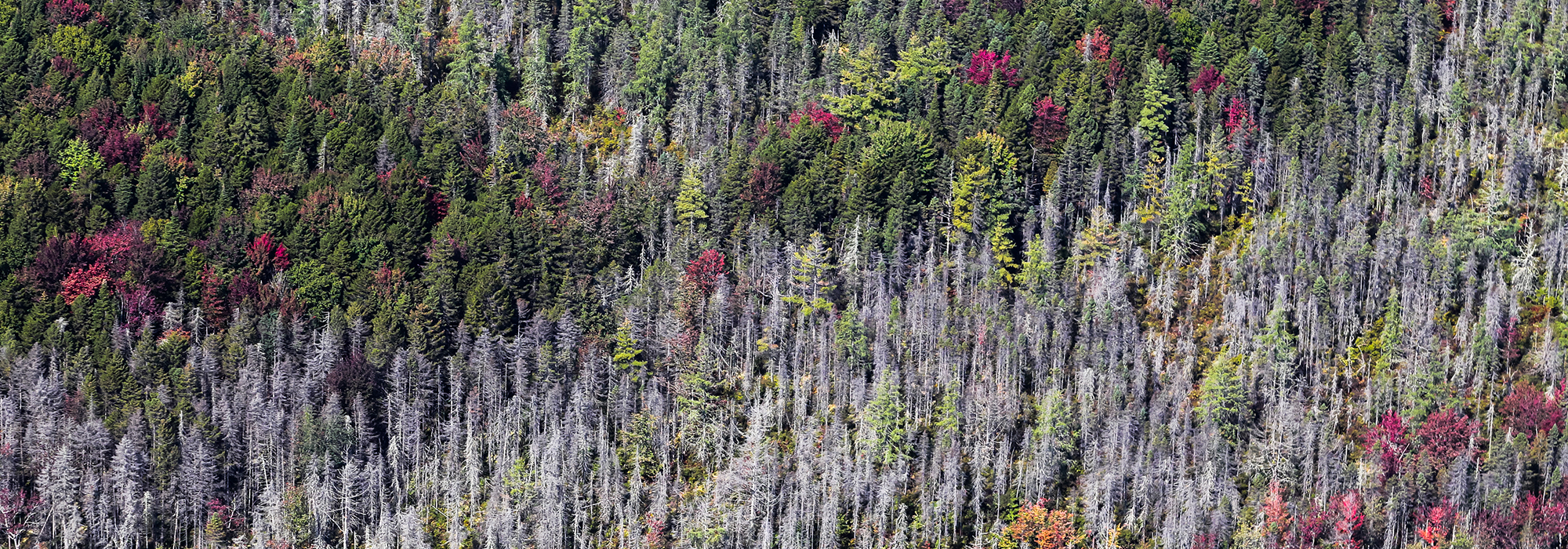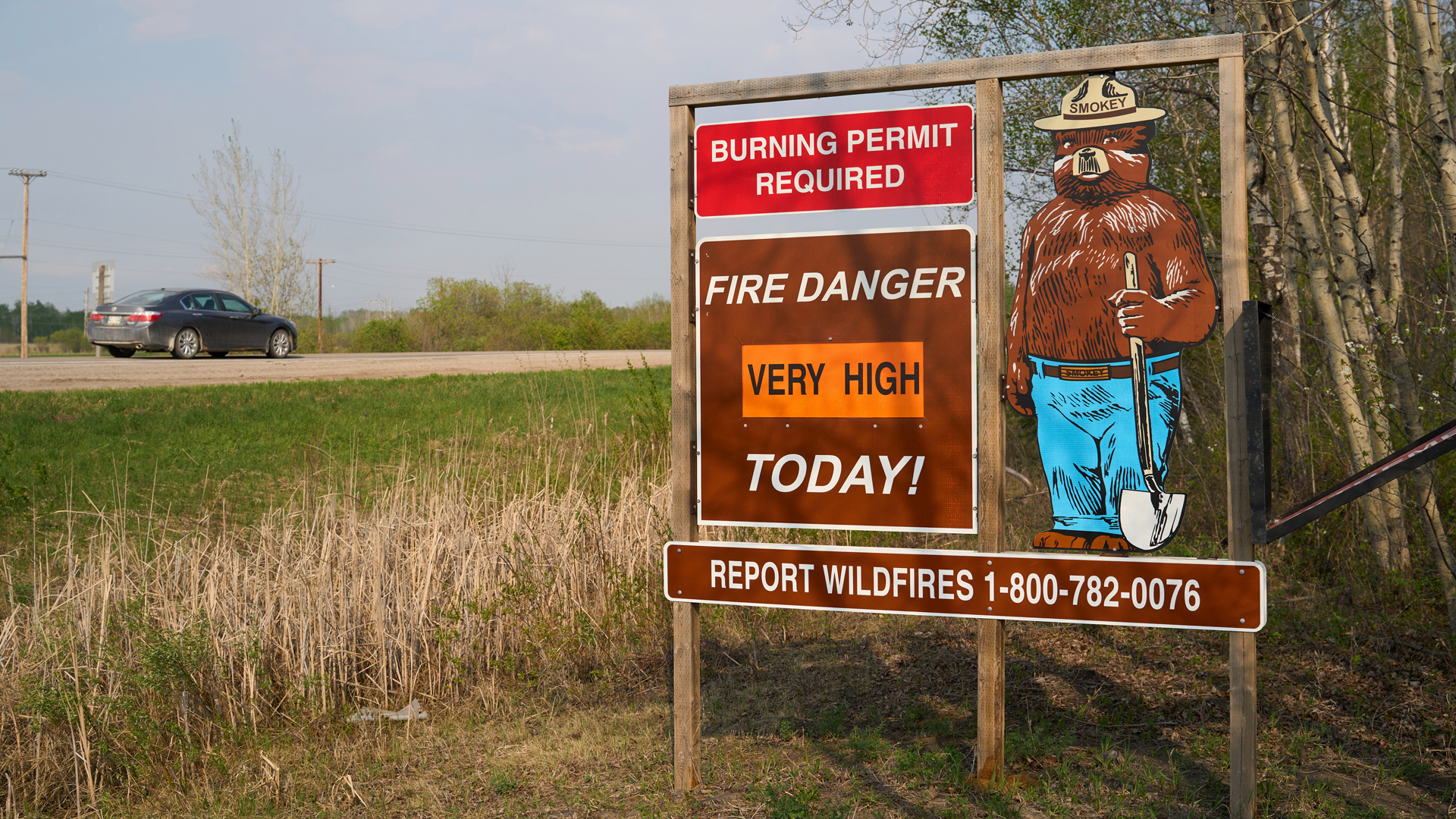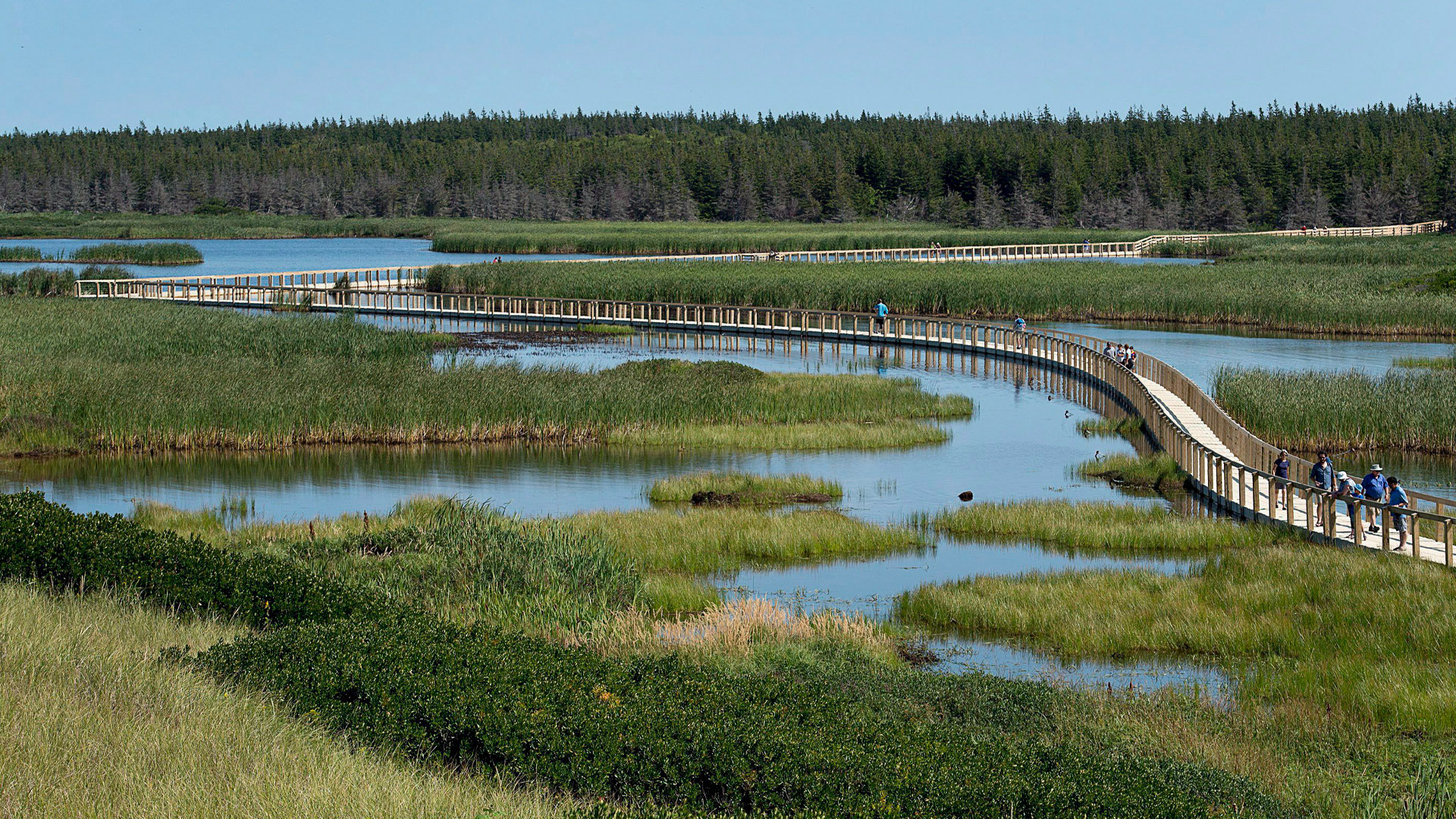
The federal government pledge to plant 2 billion trees over 10 years has garnered considerable attention from Canadians eager to find solutions to the climate crisis. Planting trees is intuitively attractive: if trees soak up carbon, why not plant more? But ensuring best value for money turns out to be complicated.
In February, US President Donald Trump elevated attention around tree planting by committing to join the global “Trillion Tree Initiative” in his 2020 State of the Union address. Republican lawmakers proposed legislation soon afterwards, setting a goal for the United States to plant a trillion trees by 2050 as a “fossil fuel-friendly climate fix.”
These tree-planting pledges have come on the heels of a key report by world scientists pointing to the importance of forests and lands in regulating climate. Governments, it argued, should do a better job of leveraging nature as part of the solution to climate change.
But as we move to harness nature’s ability to help fight climate change, we need to be mindful of the other crucial services that nature provides, including biodiversity. Building these values into decision-making frameworks such as cost-benefit analyses is not straightforward.
This is because the “value” we get for our funding dollars extends beyond carbon sequestration, and includes habitat for plants and animals, protection for species at risk, flood and heat-wave protection, and cleaning water and air, among others. There are also recreational values and income for local communities to consider. Ignoring these other values in climate-change policy would be a bad idea.
It’s not that governments don’t respect these other values (the government has doubled down on international targets and now aims to protect 30 percent of Canada’s land by 2030) but there is generally no price on nature or explicit market value.
And so, choosing the right projects becomes an issue when we don’t assign explicit values within our conservation, biodiversity or resilience-related goals. This means that projects could be ruled out because of high carbon costs even when they have high values in other areas. For example, wetland restoration would do little to ease climate change but could improve biodiversity and stormwater management, reducing the risk of flooding.
Likewise, policies that aim to give harvested wood products a boost will be highly effective at sequestering carbon and help develop local resources, but could ignore biodiversity outcomes.
Adverse impacts are also possible without strong safeguards in place. Obviously, planting trees on natural grasslands or harvesting old-growth forests to plant faster-growing trees could be good for climate but would devastate existing ecosystems.
So how can we make sure that our climate change policies are also good for nature?
For one, we need to see beyond the trees. There are other landscapes good at sequestering carbon that offer considerable co-benefits, including wetlands, grasslands, agriculture lands and coastal ecosystems. Coastal ecosystems, for example, sequester and store significant amounts of carbon but also offer a slew of other natural benefits including providing diverse habitats, protecting coastal communities from flooding and storm surge events, and preventing coastal erosion. Grasslands provide important habitat for many of Canada’s species at risk.
Second, most academic research on carbon stocks and fluxes shows that it is much better to keep what you already have than to give it up – through economic activities – and then try to restore it through tree planting or land regeneration. Lands and forests can also be a large source of greenhouse gas emissions, exacerbated by forest fires, pest infestations and human activity such as resource extraction and exploration.
When policies are designed to protect what we already have, we immediately avoid the greenhouse gas emissions that would have otherwise been produced. For example, 35,000 hectares of Canada’s peatlands have already been drained, releasing significant emissions. (Peat is used in horticulture, among other things.) Conservation tactics would offer immediate benefits. Restoring what we once had (in this case, rewetting peatlands) needs to be carefully coupled with protecting what we already have.
But this still doesn’t directly address how to determine value for money. What benefits should we be trying to measure, and how do we measure them? How can we compare all of the value in two parcels of land?
Economics offers ways to get around this, including valuation techniques that put a dollar figure on particular species or services by measuring human preferences. A simpler tactic would be to decide on criteria that would give projects extra points when they demonstrate more than one kind of benefit.
Regardless of the technique, a certain amount of subjective decision-making accompanies project selection. Are we more interested in protecting species at risk or areas with an abundance of plants or animals? There’s no avoiding criteria selection to figure out what we’re looking to improve.
It’s not that tree planting is without merits. It was only recently that the Smart Prosperity Institute calculated that 2 billion trees could sequester around 1.8 to 4.1 million tonnes of carbon dioxide by 2030, and double that amount by 2050.
So there is no question that nature is a fundamental piece of the puzzle for fighting climate change. However, policies with a sole focus on climate could miss a bigger opportunity to protect and enhance all of the benefits that nature provides.
Photo: Shutterstock, by Pat Lauzon.
Do you have something to say about the article you just read? Be part of the Policy Options discussion, and send in your own submission. Here is a link on how to do it. | Souhaitez-vous réagir à cet article ? Joignez-vous aux débats d’Options politiques et soumettez-nous votre texte en suivant ces directives.







